Question 1
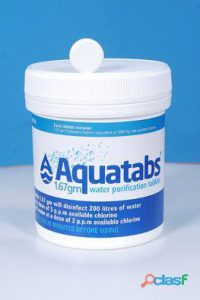
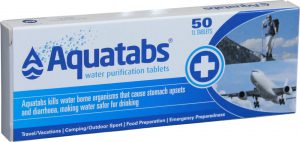
Purification Tablets – Cheap, requires about half an hour to purify. To be used on water without sediments.
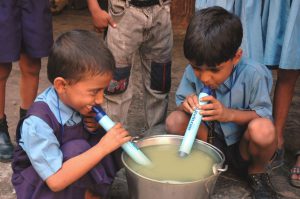

Filtration Straws – Cheap, instantaneous usage. But has to be replaced after a certain amount of uses.
Boiling of Water – Requires fuel, takes about 15mins to boil. Has to be filtered before the start of boiling to reduce the amount of sediments.
Purification methods of municipal water supplies consist of:
Filtration Systems, similar to Filtration Straws
A water filter is a device which removes impurities from water by means of a physical barrier, chemical, and/or biological process.
Distillation Systems, similar to Boiling which involves heat
Distillation is a process in which impure water is boiled and the steam is collected and condensed in a separate container, leaving many of the solid contaminants behind.
Disinfection, similar to Purification Tablets, Boiling
Disinfection is a physical or chemical process in which pathogenic microorganisms are deactivated or killed. Examples of chemical disinfectants are chlorine, chlorine dioxide, and ozone. Examples of physical disinfectants include ultraviolet light, electronic radiation, and heat.
Question 2

Desalination of water requires a lot of energy. Salts dissolves very easily in water, forming strong chemical bonds, and those bonds are difficult to break. Energy and the technology to desalinate water are both expensive, and this means that desalinating water can be pretty costly. Also, the residue is very saline brine, which must be disposed of without causing too many environmental problems.
Question 3
(a)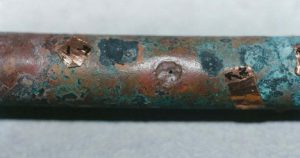
The corrosion from the piping used to transport water.
(b) No, the research activities carried out in the chemistry building do not account for the elevated lead levels found in the drinking water. The drinking water pipeline and the pipeline used for research purpose are totally different pipelines. They are not interlinked, so water used in the research activities will not contaminate the drinking water.
Question 4
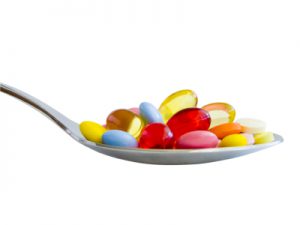
Water soluble vitamins are polar. They contain polar groups such as -OH which can interact with other polar water molecules, via hydrogen bonding. Fat soluble vitamins are non-polar. They have few or no polar group, thus they tend to interact with the hydrophobic fatty acid tail found in lipids.

